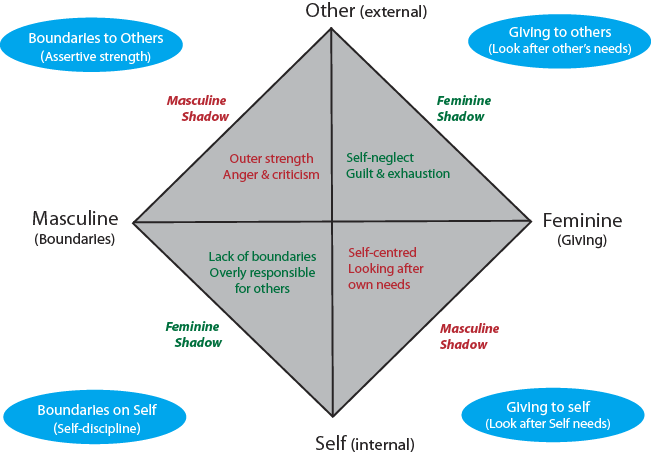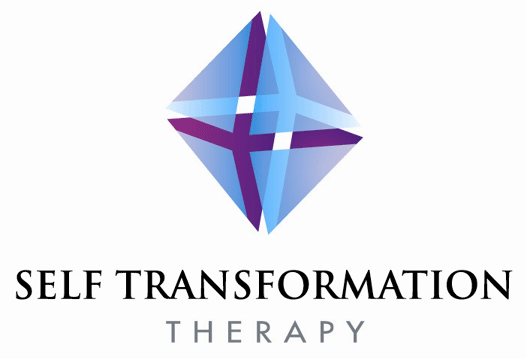|
|
Books |
|
Book related info & models |
| Self-transformation therapy |
| Psychologial models |
| What does the Octohedron logo teach? |
| What is Kabbalah? |
|
The Octahedron |
|
|
The octahedron logo (top left-hand corner of the webpage) represents the basis of Self-transformation Therapy. It is derived from the blending of two Psychological Trees of Life - one external and one internal. The interaction of the two trees reveals the octahedron shape. The octahedron is a sacred geometry form representing the energy of transformation. The Octahedron has a diamond as a base, which is pictured below.
This psychological construction shows how we need to use our internal masculine and feminine psychological energies, and learn how to use them internally towards ourselves, and externally towards others. This suggests that we should be able to have the capacity to put boundaries on others (assertion) as well as boundaries on ourselves (self-discipline). We should also be able to choose when we give to others versus look after our own needs - guilt-free. |
|
 |
|
|
Unfortunately, until we obtain self-mastery, we will typically show imbalances, |
|
|
The Masculine Shadow
When we have an excess of masculine energy, we draw rigid boundaries, but lack the feminine's sense of giving or compassion. Therefore, instead of being assertive, we would be critical and hard on others, while looking after our own needs. Drawing such rigid boundaries allows us to control our needs and look after ourselves, but at a price of placing others at a distance, increasing a sense of isolation. |
The Feminine Shadow
When we have an excess of feminine energy, we would be prone to being overly giving to others, but due to a lack of the masculine's sense of boundary, we would struggle to draw assertive boundaries of responsibility. Failing to draw adequate boundaries on our giving leads to self-neglect, due to guilt, and a fear that we are hurting others. It is a self-esteem based on our capacity to do things for others. This risks exhaustion and self-sacrifice. |
|
We typically have a relationship with someone of the opposite psychological sex, which allows us to work through our shadow side, by embodying the balancing energy our partner typically possesses. While it can be difficult to see these patterns of behaviour, uncovering them is necessary for the development of our soul. The challenges and lessons we encounter in our relationships help us to be able to love intimately. |
|
Disclaimer: The content of this website is informative only and in no way represents medical advice. See your doctor or a mental health practioner for individual advice.

